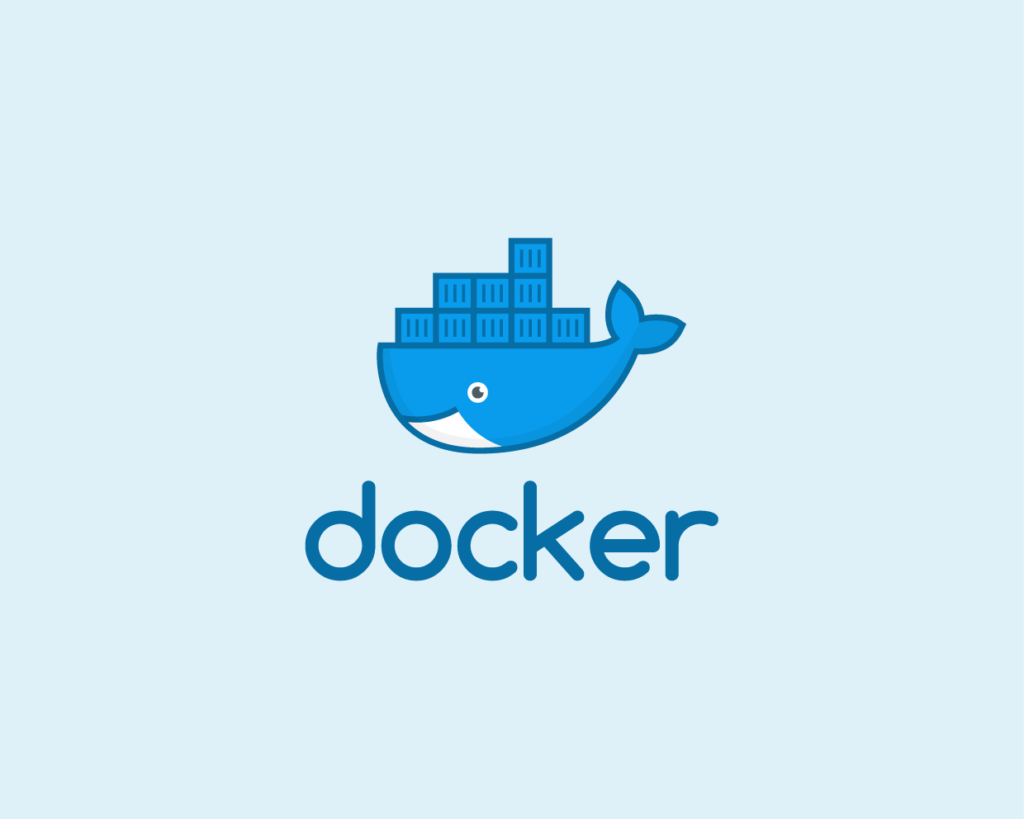Artificial Intelligence (AI) and Machine Learning (ML) are no longer futuristic concepts—they’re here, and they’re changing everything. From healthcare and finance to entertainment and agriculture, these technologies are quietly but powerfully reshaping how we live, work, and connect. In this article, we explore how AI and ML are transforming our world, one algorithm at a time.
What Is Artificial Intelligence?
Artificial Intelligence refers to the simulation of human intelligence in machines. These machines are designed to think, learn, and solve problems—just like humans. The goal of AI is to create systems that can perform tasks such as visual perception, speech recognition, decision-making, and language translation.
What Is Machine Learning?
Machine Learning is a subset of AI. It enables machines to learn from data and improve over time without being explicitly programmed. Instead of following hard-coded rules, ML algorithms identify patterns in data and use them to make predictions or decisions.
Common Types of Machine Learning:
- Supervised Learning: The model is trained on labeled data.
- Unsupervised Learning: The model identifies hidden patterns in unlabeled data.
- Reinforcement Learning: The model learns by trial and error using rewards and punishments.
How AI and Machine Learning Are Changing the World
Let’s dive into real-world examples across different industries to understand their impact.
1. Healthcare: Smarter, Faster Diagnoses
AI is revolutionizing the healthcare industry by enhancing diagnostics, predicting disease outbreaks, and personalizing treatment plans. Machine learning algorithms can analyze X-rays, MRIs, and CT scans faster and sometimes more accurately than human radiologists.
Example:
- IBM Watson can sift through thousands of academic papers and patient records to recommend treatment options for cancer patients.
2. Finance: Fraud Detection and Risk Management
AI is a game-changer in the financial sector. From detecting fraudulent transactions in real-time to assessing credit risk, ML algorithms help financial institutions operate more efficiently and securely.
Example:
- PayPal uses machine learning to analyze millions of transactions and flag suspicious activities instantly.
3. Retail: Personalized Shopping Experiences
Have you ever wondered how Amazon recommends products that seem like exactly what you need? That’s machine learning at work. AI analyzes your browsing history, purchase behavior, and even the time you spend looking at a product to make personalized recommendations.
Example:
- Shopify stores are using AI-powered chatbots for 24/7 customer service and intelligent product recommendations.
4. Transportation: From Smart Traffic to Autonomous Vehicles
Self-driving cars may still be evolving, but AI is already improving traffic flow and reducing accidents. Machine learning helps predict traffic congestion, suggest optimal routes, and even operate public transport systems more efficiently.
Example:
- Tesla’s Autopilot leverages real-time data and deep learning to assist with steering, braking, and lane changes.
5. Agriculture: Feeding the Future
AI and ML are also transforming farming. From predicting crop yields to identifying plant diseases using image recognition, smart agriculture is helping farmers produce more with fewer resources.
Example:
- Drones powered by AI can survey large fields and provide real-time data on soil health, crop status, and irrigation needs.
Benefits of AI and Machine Learning
1. Efficiency and Productivity
AI systems can process data and complete tasks much faster than humans. This speed leads to greater efficiency and productivity across industries.
2. Accuracy and Precision
AI reduces human error in critical fields such as medicine, engineering, and finance.
3. Cost Reduction
Once implemented, AI systems can perform repetitive tasks at a lower cost, freeing up human workers for higher-level decision-making.
4. 24/7 Availability
AI-powered tools can work around the clock without breaks, making them ideal for customer support, monitoring, and data analysis.
Challenges and Ethical Considerations
Despite the many benefits, AI and machine learning also raise important ethical and societal questions.
1. Job Displacement
Automation may replace certain types of jobs, especially those involving repetitive tasks. There’s a growing need to reskill workers for more complex roles.
2. Bias and Fairness
If AI is trained on biased data, it can perpetuate or even amplify existing inequalities. Ensuring fairness in AI is a major research focus.
3. Privacy Concerns
AI systems collect and analyze vast amounts of personal data. Companies must ensure transparency and secure handling of that information.
4. Accountability
Who is responsible when an AI system makes a mistake? Defining legal and ethical accountability is still a grey area.
The Future of AI and Machine Learning
The future of AI and machine learning looks promising—and expansive. Here are a few trends to watch:
1. AI and Edge Computing
As devices become smarter, there’s a growing shift toward performing AI computations locally on devices (edge computing) instead of relying solely on cloud servers.
2. AI in Creative Fields
AI is now writing music, generating art, and even co-writing books and movies. It’s becoming a creative collaborator rather than just a tool.
3. Explainable AI
As AI becomes more powerful, the need to understand how it makes decisions is crucial. Explainable AI aims to make ML models more transparent and interpretable.
4. Regulation and Governance
As AI impacts society more deeply, governments and organizations are beginning to establish guidelines and regulations to ensure ethical use.
AI and machine learning are more than just buzzwords. They’re foundational technologies reshaping every industry and aspect of daily life. As algorithms continue to evolve, so too will their impact—making our world more connected, efficient, and intelligent.
But as we welcome this transformation, we must also navigate its challenges responsibly. From addressing bias to protecting privacy, ethical considerations must guide every step.
In short: the algorithmic revolution is here. It’s changing our world—one line of code, one prediction, one decision at a time.

